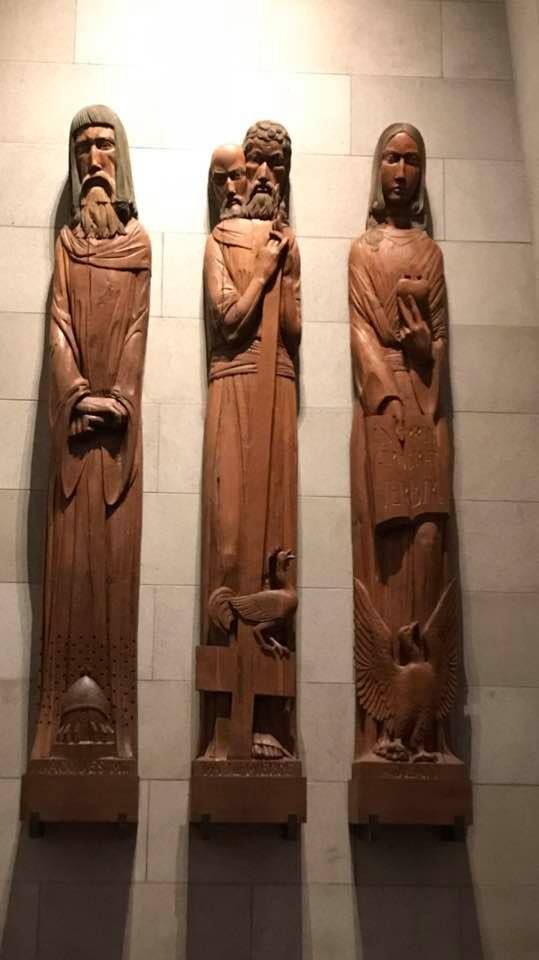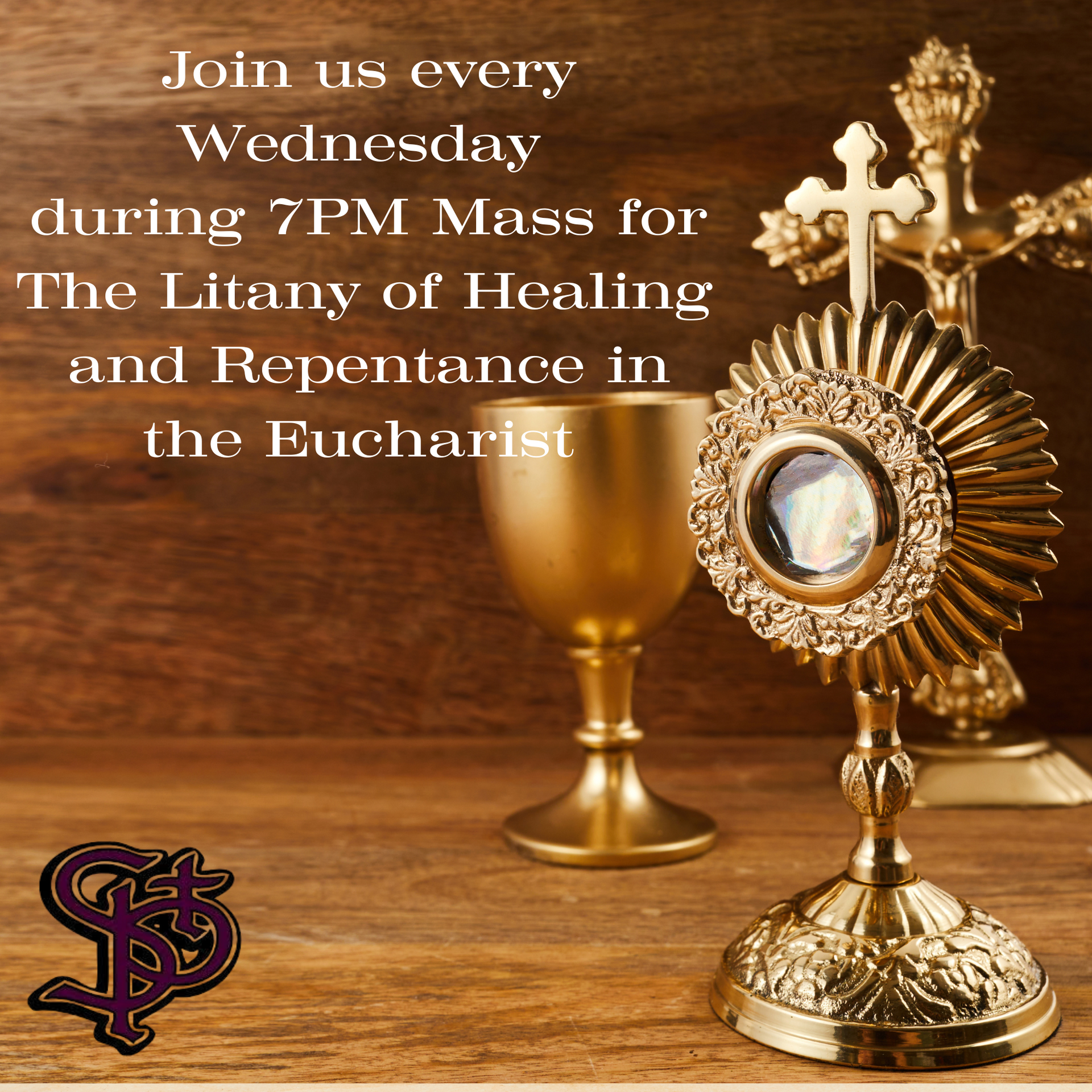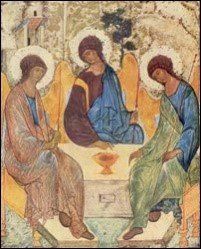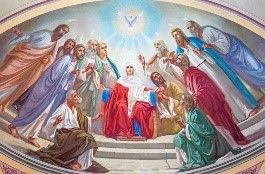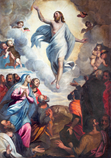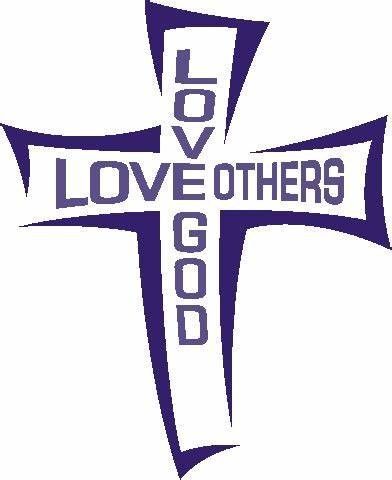The Transfiguration of the Lord
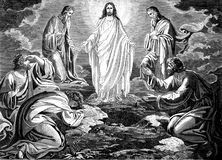
Joke: A long line of men stood at one of Heaven's gates, waiting to be admitted. There was a sign over the gate that read, "For men who were dominated by their wives while on earth." The line extended as far as the eye could see. At another one of Heaven's gates, only one man was standing. Over this gate, there was a sign that read, "For men whose wives did not dominate." Saint Peter approached the lone man standing there and asked, "What are you doing here?" The man replied, "I don't know. My wife told me to stand here."
Unlike the man's transfiguration at the gate of Heaven, he didn't want to acknowledge his wife's domination over him. In today's Gospel, acknowledging his divinity and humanity natures, Jesus was transfigured before his chosen disciples, "his face shone like the sun and his clothes became white as light. And behold, Moses and Elijah appeared to them, conversing with him." Peter was overwhelmed with joy and wanted to build three tents, but then the cloud came, casting a shadow over them; from the cloud came a voice, "This is my beloved Son, with whom I am well pleased; listen to him." Why was it revealed Elijah and Moses at the transfiguration of Jesus? Elijah was a great prophet, mighty in deeds in the Old Testament, and Moses was a great prophet who led the Israelites free from slavery. Amid this conversation between Jesus, Elijah, and Moses at Jesus' transfiguration, the cloud came casting a shadow over them, symbolizing the Holy Spirit. The voice from the cloud symbolized God the Father. So, at the Lord Jesus' transfiguration, he revealed the true nature of his divinity and his Son-ship to God the Father.
All Synoptic Gospels, the Gospel of Matthew, Luke, and Mark retell the same story of the transfiguration of our Lord Jesus Christ in front of his chosen disciples. Not only the synoptic Gospels but the second letter of Peter as well. At the transfiguration of Jesus, some authors of the New Testament eyewitness the majestic glory revealed in the person called Jesus who “received honor and glory from God the Father when that unique declaration came to him from the majestic glory,” Peter reported in today’s second reading, “This is my Son, my beloved, with whom I am well pleased.” Therefore, the transfiguration of Jesus is a historical fact. Why did Jesus want to reveal this transfiguration to only some of his disciples? What did it mean to his chosen disciples?
The transfiguration of Jesus, first of all, encouraged, supported, and strengthened their faith after he told them about his coming passion, death, and resurrection. This is also why the Church reminds us of this story of transfiguration at the beginning of Lent. This transfiguration strengthened the faith of his disciples so that they would not lose faith when they saw him suffer his passion and death.
Jesus’ transfiguration also revealed his true identity to his disciples. In the transfiguration, a voice from the cloud said, “This is my beloved Son, with whom I am well pleased; listen to him.” God the Father wanted to introduce Jesus as his truly beloved Son and invited the disciples to listen to him. This declaration of God the Father not only confirms his true identity but also confirms that he is the Son of God the Father.
Finally, his transfiguration also revealed his ultimate mission. His ultimate mission was pleased by God the Father. God the Father was pleased with God the Son when he chose to save the human race through his humble passion revealed on the Cross.
Through the transfiguration of Jesus, we are reminded to offer our Christian life as a series of transfigurations toward our heavenly homeland. On our journey towards eternity, there are at least three transfigurations in our Christian lives: The first transfiguration begins at Baptism, which washes away our original sin, transforming us to become children of God and heirs of Heaven. We are invited to offer a sacrifice of our Christian life to be priests, prophets, and kings. The second transfiguration takes place through our victory over the trials and tribulations of life. Every challenge, every difficulty, or every moment of suffering, is an opportunity to transform and spiritual growth. In this second transfiguration of our Christian life, we are invited to continue to come to the sacrament of reconciliation to wipe out our sins to be reconciled with God and with one another from human frailties and weaknesses. The third transfiguration takes place at death. Perhaps after a period of further transformation in purgatory, eternal life in Heaven is granted to those who have been found worthy. The last transfiguration will be completed at the Second Coming when our glorified body is reunited with our soul. It is a sacrifice of our humility, pride, and ego to have faith and depend on God at the last moment of our Christian life to ask for the final rite to faithfully follow the Lord Jesus in our last breaths on earth.
What is the transfiguration for you? If a child lives with criticism, he learns to condemn. If a child lives with hostility, he learns to fight. If a child lives with ridicule, he learns to be shy. If a child lives with shame, he learns to feel guilty. If a child lives with tolerance, he learns to be patient. If a child lives with encouragement, he learns confidence. If a child lives with praise, he learns to appreciate it. If a child lives with fairness, he learns justice. If a child lives with security, he learns to have faith. If a child lives with approval, he learns to like himself. If a child lives with acceptance and friendship, he learns to find love in the world. Through the acceptance of our humanity and the need for one another in this walk of life, we are invited to make sacrifices and offer them up during our Christian journey here on earth. The decision is yours.



